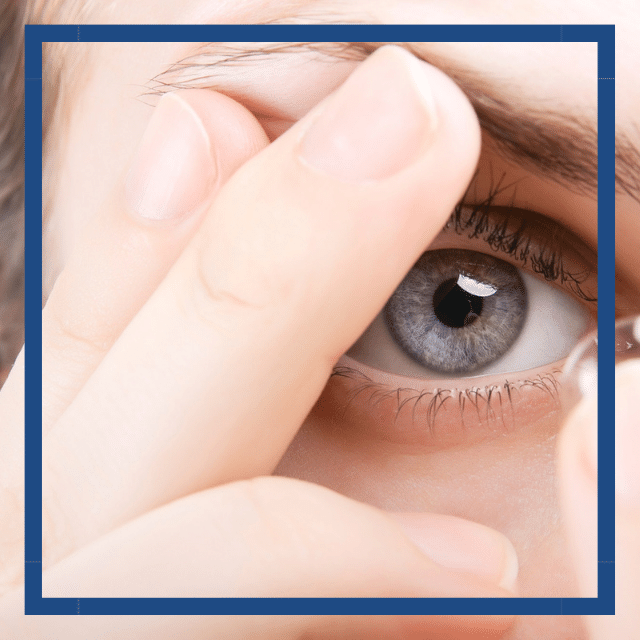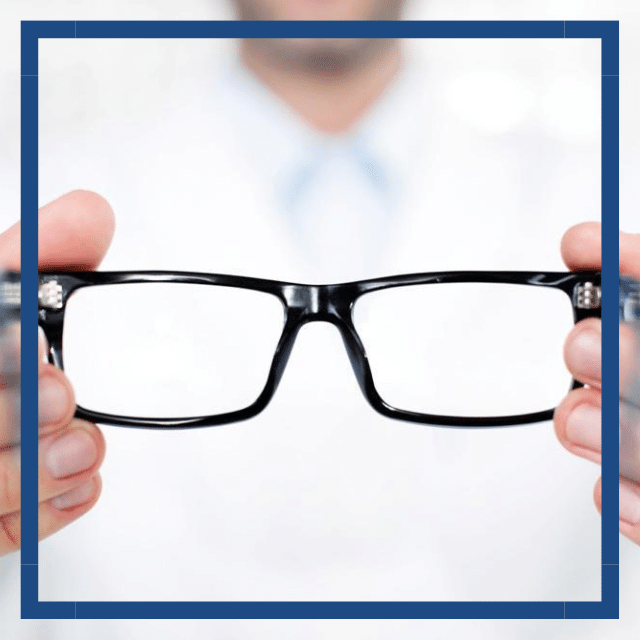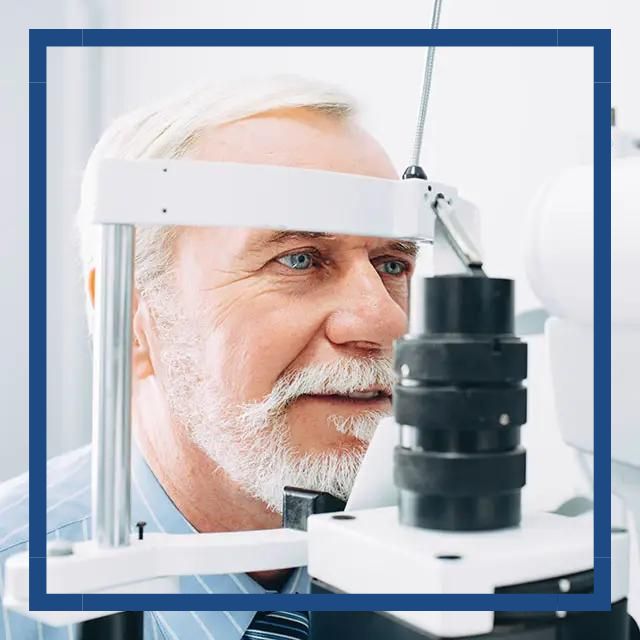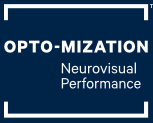Neuro-Optometry Examination
A neuro-optometry examination is an in-depth look at how the eyes and the brain work together. It is an opportunity to test the important areas of how your vision functions, to see if anything might be holding you back in your recovery or your performance.
The Opto-mization Eye Exam Process
Our eye examinations go beyond clarity and eye health. We look at how your vision functions. This includes areas such as how your eyes track and work together, and how your brain processes your vision.
This allows for the diagnosis and treatment of any problems, as well as ways to improve your visual performance.

Common Conditions
Here is a list of common conditions that commonly have underlying functional vision problems and can benefit from the assessment:
- Post Concussion Syndrome
- Dyslexia and Dysgraphia
- Attention Deficit Disorder (ADD/ADHD)
- Developmental Coordination Disorder (DCD)
- Learning Disabilities
- Meniere’s Disease
- Mal de Debarquement
- Vestibular Neuritis/Labyrinthitis
- Stroke
- Headaches/Migraines
- Strabismus
- Convergence Insufficiency
- Amblyopia
- Double Vision
Routine Care and Performance
Most people don’t realize that they could be reading faster, focusing more intently, or have more comfortable vision.
Our unique approach means that we can provide ongoing care that keeps your vision performing up to the demands of your daily life.

The Exam Process
The Opto-mization process is made up of 3 key steps
Why are the exams done separately?
Our exams are split into two components depending on what you need. We have the Neuro Visual Assessment and the Ocular Health Assessment.

Neuro-Visual Assessment
This involves computerized eye tracking, visual performance testing, and refraction (checking your prescription). It involves more in-depth testing of visual function than a routine eye exam.
This gives us the ability to diagnose any areas of dysfunction and determine options for treatment. The functional testing results in a specialized glasses prescription that takes into account how your eyes and brain work together.
Testing includes:
Eye tracking, Computerized tracking of eye movements, Depth perception, Eye teaming (binocularity) including vergences, Visual-vestibular integration (balance/dizziness), Visual-motor ability, Refraction (prescription to see clearly), Effect of various prescriptions and tools (including prism) on visual performance in above areas, and more…
Ocular Health Assessment
This is focused on the physical health of the eye. It is similar to the routine eye exam you are used to but does not include the refraction (glasses prescription), as that is done in the Neuro-Visual Assessment.
Testing includes:
- OCT (Optical Coherence Tomography) 3D scans of retina and nerve
- NCT (Non-Contact Tonometry) — puff of air to measure pressures
- Bio-microscopy — examining your eyes with bio-microscope
- Keratometry — measuring the curve of your cornea
- Contact lens health check (optional)
- Visual Acuities
- May include visual field testing
- May include dilation when necessary (able to opt-out)
Treatment
There are often several options for treatment:



